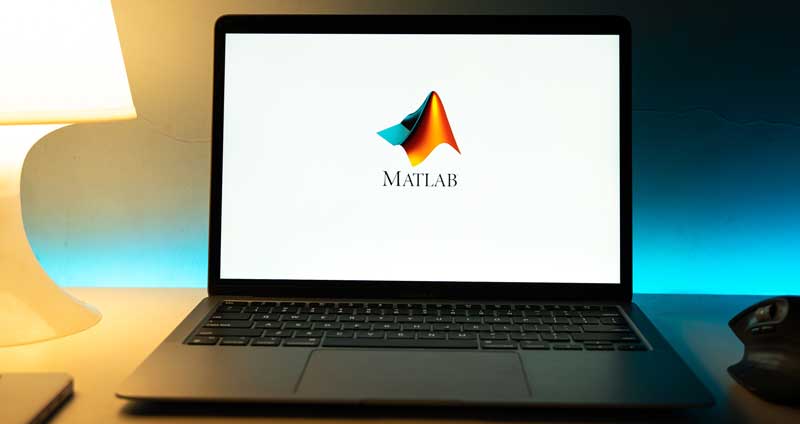Structural and functional verification of Structures, Systems, and Components (SSC) mounted in nuclear power plants (NPP) and auxiliary buildings is of paramount importance for safety.
Typically, the verification of these systems relies on input load data in the form of Floor Response Spectra (FRS), which are derived from earthquake analyses of the buildings. In Sweden and Finland, the development of FRS is normally performed based on time history analysis according to the recommendations given in ASCE 4-98 or its successor ASCE 4-16. However, the computational cost when using time history analysis can be significant, particularly for large building models.
Furthermore, ASCE 4-16 requires the use of at least five independent sets of acceleration time series. To address these challenges, alternative approaches known as Direct Spectra-to-Spectra Methods (DSSM) have been developed. These methods, which are based on eigenfrequency analysis of the structures, offer a more computationally efficient solution compared to time history analysis.
In a previous study financed by Energiforsk, two different DSSMs were investigated and implemented in MATLAB. The results show that the two studied DSSMs perform well in comparison to the more well-established time series method, while reducing the analysis time by a factor of approximately 200 in two studied examples.
The developed MATLAB code for one of the studied DSSMs is attached to the report and can be downloaded from Energiforsk’s website, click here.
